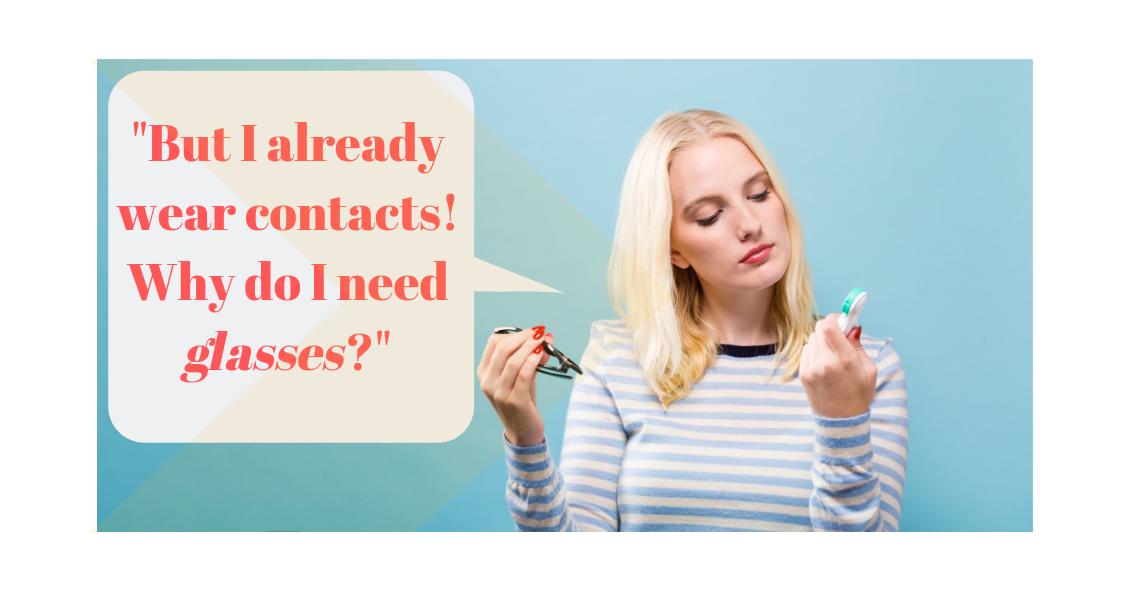- Details

It's the summer and one of the most common questions eye doctors are asked is, “Is it safe to swim in my contact lenses?”
The answer we give is “NO!"
Do millions of people swim with their contact lenses in? The answer is “Yes, they do, but it is NOT a recommended activity.’’ There are several reasons why, ranging from comfort issues to others that are far more sinister and potentially blinding.
The first reason not to swim with contacts in is that the pH and buffering of your tears...
- Details

There is an old adage in the eye care industry: Glasses are a necessity, contact lenses are a luxury. Ninety-nine percent of the time this is absolutely true. In the absence of unusual eye disorders or very high prescriptions that don’t allow a person to wear glasses comfortably, contact lenses should only ever be worn if there is a good, sturdy, updated set of prescription glasses available, too. This is due to the fact that there are often emergencies where people can not wear their...


